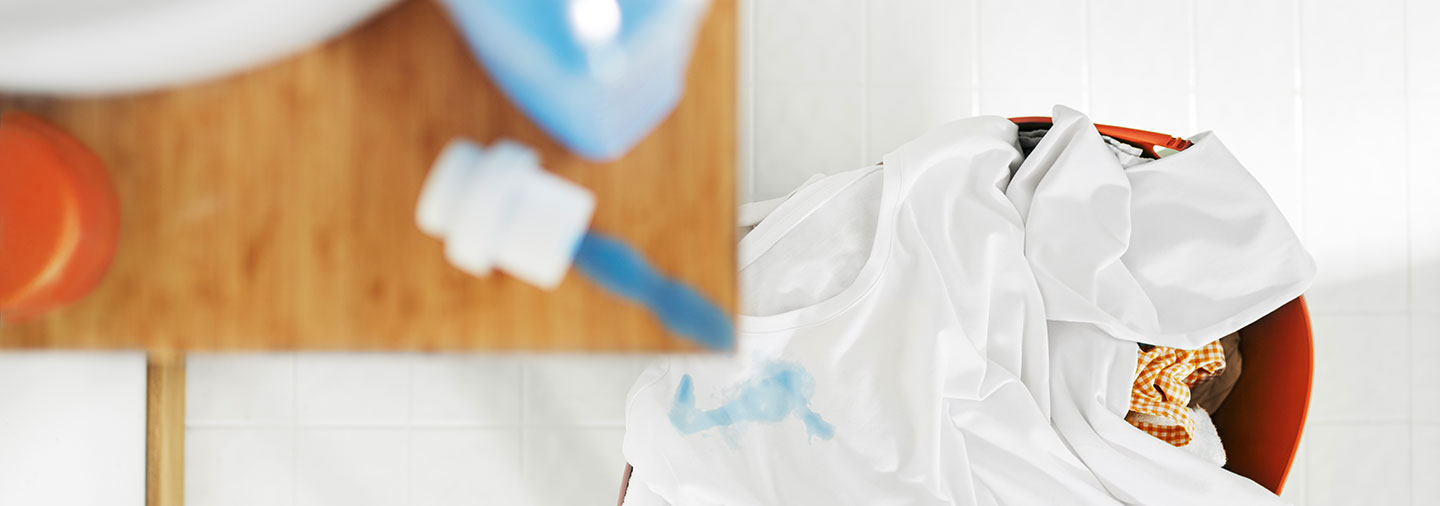Introduction: The Unwelcome Visitor on Your Garments
Fabric softeners, with their alluring fragrances and promise of cuddly-soft textiles, are a staple in many laundry routines. However, they can sometimes leave unsightly stains that mar the very clothes they were meant to enhance. These stains, often a waxy or oily residue, can be particularly frustrating as they seem to defy conventional cleaning methods. Fear not, for there are effective techniques to restore your garments to their former glory. This comprehensive guide delves into the intricacies of removing fabric softener stains from clothes, ensuring that you have all the knowledge at your fingertips to combat this common laundry mishap.
Understanding Fabric Softener Stains: The Why Behind the Woe
To effectively remove fabric softener stains, it’s crucial to understand how they form. Typically, these stains occur when an excessive amount of softener isn’t fully rinsed out during the washing cycle or when the softener comes into direct contact with clothes before or after washing. Fabric softeners contain cationic surfactants, oils, and emollients, which under certain conditions, can deposit onto fabrics and solidify, creating those telltale marks. Additionally, high-efficiency (HE) washers may exacerbate the issue due to their reduced water usage, leaving more residue behind. Knowing the composition and causes helps tailor the right approach to removing them.
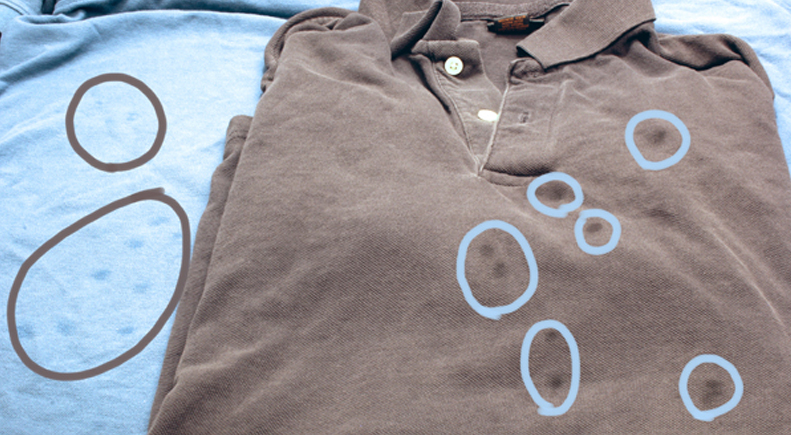
Pre-Treatment: The First Line of Defense
Before diving into the main cleaning process, pre-treatment is a critical step to loosen the stain and prepare it for removal. Begin by identifying the stained area and gently rubbing a small amount of liquid dish soap directly onto the spot. Dish soap, being a degreaser, can cut through the oily residue left by the fabric softener. Allow it to sit for about 15 minutes, giving it time to penetrate the fibers and break down the stain. For more stubborn stains, consider using a paste made from baking soda and water, which acts as a gentle abrasive to lift the stain without damaging the fabric.
The Warm Water Wash: A Gentle Approach
Once the pre-treatment has had time to work its magic, it’s time for a warm water wash. Use the gentlest cycle available on your washing machine and avoid hot water, as high temperatures can set some stains permanently. Choose a mild detergent and add half a cup of white vinegar to the rinse cycle. Vinegar, being acidic, can help dissolve the waxy residue while also neutralizing odors. It’s important to check the garment’s care label beforehand to ensure that the fabric can withstand the use of vinegar. Repeat the wash cycle if the stain persists, but always allow the item to air dry between washes to reassess the stain’s status; heat from the dryer can set stains that haven’t been fully removed.
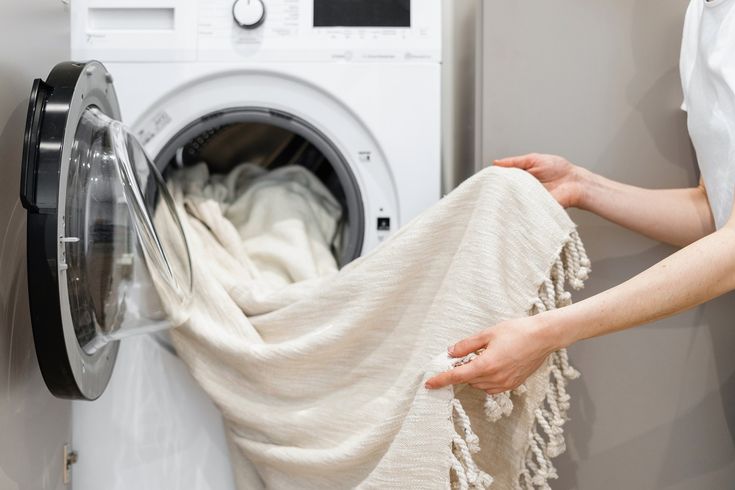
Alternative Solutions: When Conventional Methods Fall Short
For particularly stubborn stains that resist the initial treatment, it’s time to explore alternative remedies. One such method involves soaking the affected garment in a solution of warm water and oxygen-based bleach (like OxiClean) for several hours or overnight. Oxygen bleach is gentler than chlorine bleach and safer for most fabrics, effectively breaking down tough stains without causing color loss or damage. Alternatively, for white or colorfast clothes, a diluted solution of chlorine bleach can be used as a last resort, following package instructions carefully. Remember, always test any new cleaning agent on an inconspicuous area first to prevent further damage.
Spot Cleaning: Precision Matters
When dealing with small, localized stains, spot cleaning can be highly effective. Using a soft-bristled brush or an old toothbrush, apply a small amount of liquid laundry detergent mixed with warm water directly onto the stain. Gently rub the area in a circular motion, being careful not to scrub too harshly, which could damage delicate fabrics. Rinse thoroughly with cool water and inspect the area. If necessary, repeat the process until the stain lifts completely. This targeted approach ensures minimal disturbance to the rest of the garment.
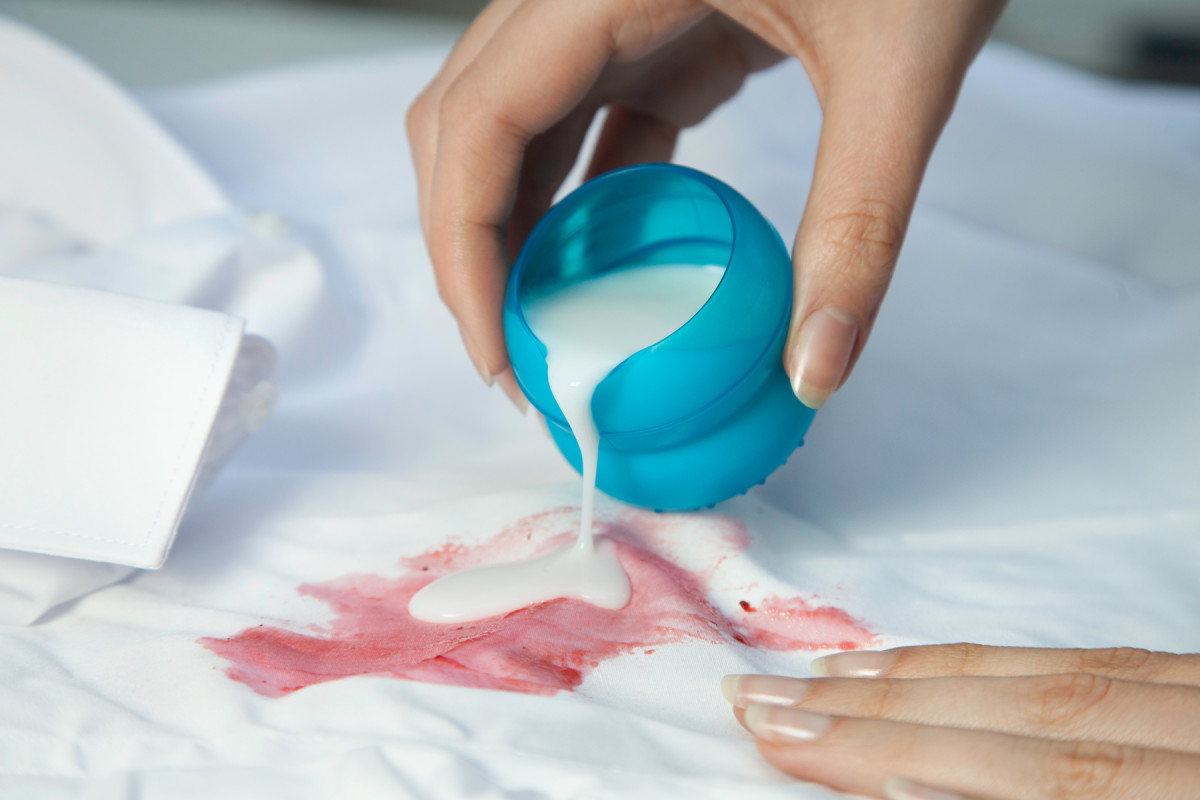
Air Drying: The Finishing Touch
After successfully removing the stain, it’s crucial to let your clothes air dry naturally. Direct sunlight can act as a natural brightener and sanitizer, so hanging the garment outside on a sunny day is ideal. However, avoid direct exposure for extended periods with colored items to prevent fading. Air drying allows you to inspect the fabric once it’s completely dry, confirming that the stain has indeed been lifted. If any remnants of the stain remain, repeat the cleaning process before considering heat drying.
Preventive Measures: Avoiding Future Stains
The adage “prevention is better than cure” rings true when it comes to fabric softener stains. To minimize future incidents, ensure you’re using the correct amount of softener for your load size and type. HE machines require specially formulated HE detergents and softeners that produce less suds and residue. Consider switching to dryer sheets or liquid fabric softener balls that dispense the product evenly during the rinse cycle, reducing direct contact with clothes. Regularly cleaning your washing machine’s dispenser drawer and running an empty cycle with hot water and vinegar can also prevent buildup that could lead to stains.
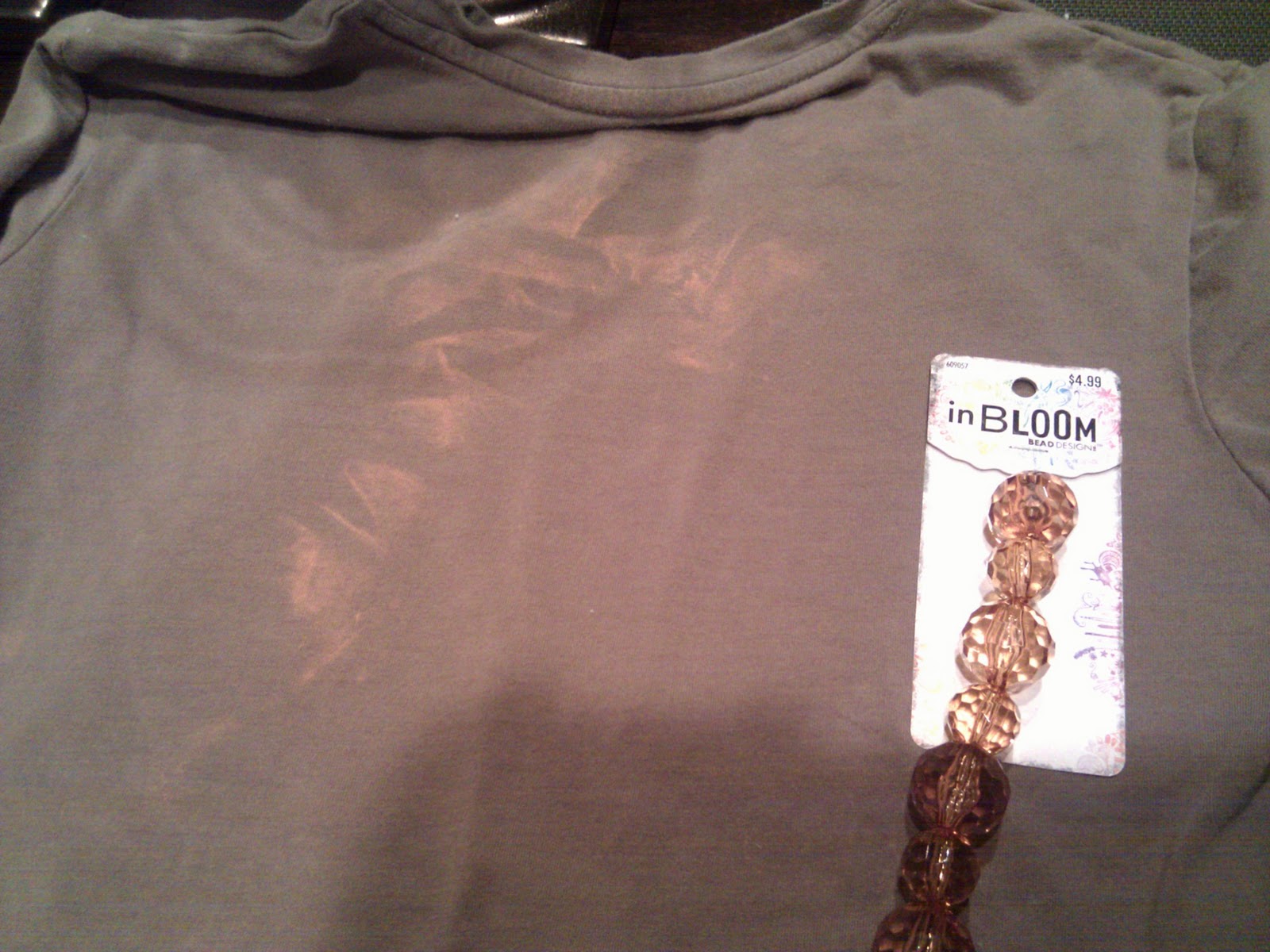
Understanding the Importance of Spot Cleaning
Spot cleaning isn’t just a quick fix; it’s a strategic maneuver in the battle against stubborn stains. This method, when executed with precision, can salvage garments without causing unnecessary wear and tear. For those pesky fabric softener stains that seem to appear out of nowhere, adopting a meticulous spot cleaning routine is paramount. By pinpointing the affected area and treating it with care, you preserve the integrity of the fabric while effectively lifting away unsightly marks.
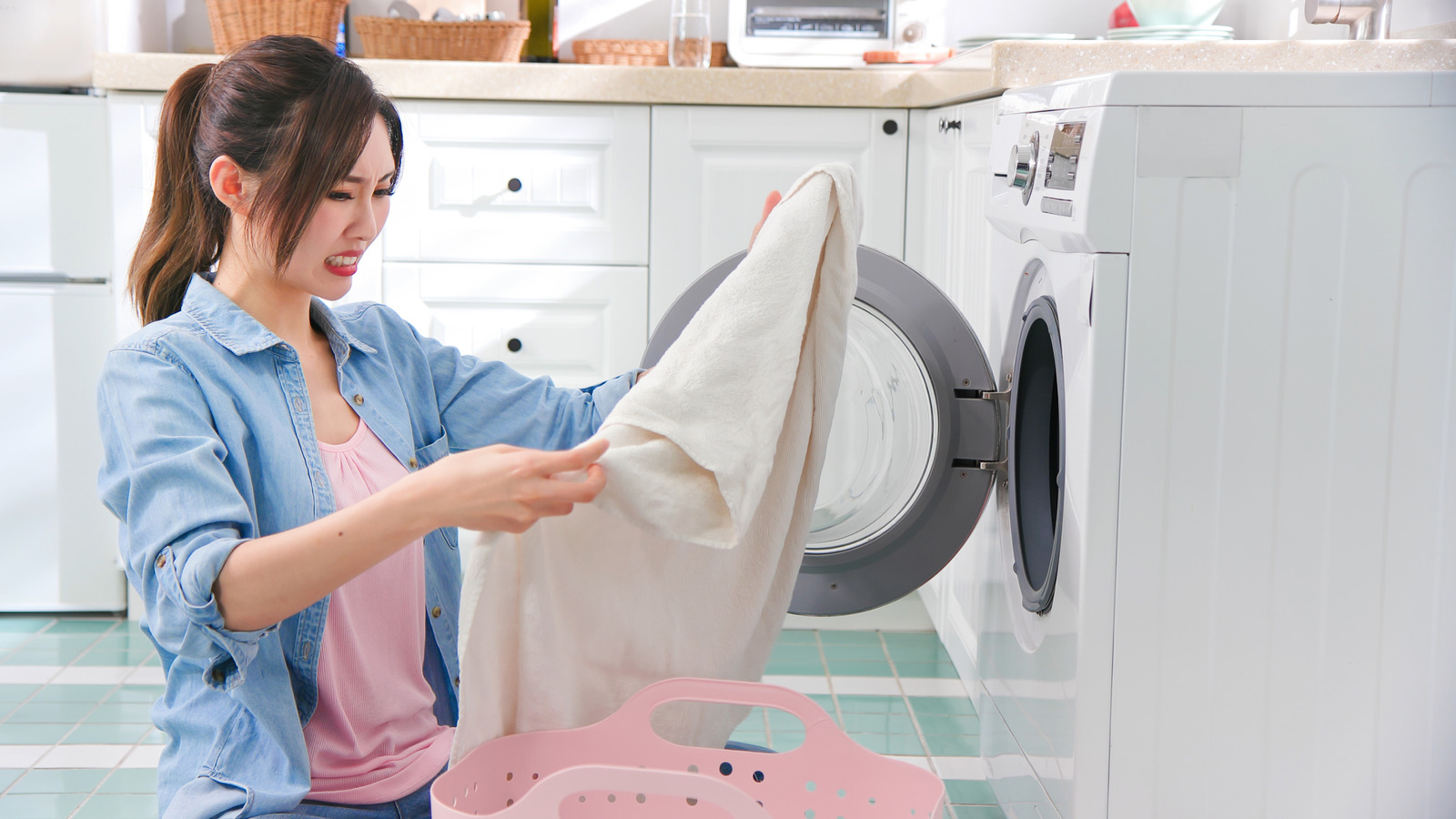
Conclusion: Restoring Your Wardrobe’s Radiance
Dealing with fabric softener stains can be an unexpected hassle, but with the right techniques and a little patience, restoring your clothes to their pristine condition is achievable. From understanding the nature of these stains to employing various cleaning strategies, each step plays a crucial role in banishing those unwelcome marks. Remember, prevention measures are just as vital to avoid recurrence. By arming yourself with this comprehensive guide, you’ll be well-equipped to face any fabric softener mishap, ensuring your wardrobe remains as fresh and clean as intended.





